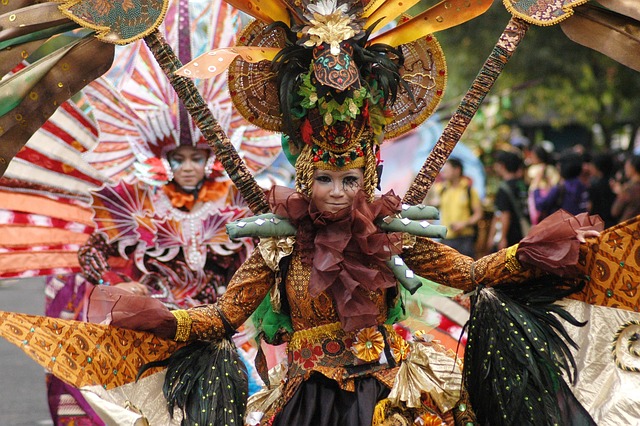Ballet and Gender: Breaking Stereotypes in Neoclassical Dance
Ballet, a form of artistic expression that has captured the hearts of audiences for centuries, has not been immune to the influence of societal norms and gender expectations. Traditionally, ballet has been associated with strict gender roles, with male dancers often depicted as strong and athletic, while female dancers are expected to embody grace and delicacy. However, the world of neoclassical dance is challenging these stereotypes, pushing the boundaries of gender norms and redefining what it means to be a ballet dancer.
Neoclassical ballet, which emerged as a response to the rigidity of classical ballet, embraces innovation and individuality. This genre of dance seeks to break free from the constraints of traditional gender roles, allowing dancers to express themselves authentically and redefine their relationship with movement. Male dancers in neoclassical ballet are no longer confined to portraying solely powerful characters, but are given the opportunity to explore vulnerability, sensitivity, and a full range of emotions. Female dancers, on the other hand, are empowered to showcase their strength, athleticism, and leadership on stage, challenging the notion that ballet is exclusively a feminine art form.
One of the ways neoclassical ballet is dismantling gender stereotypes is through the choreography itself. Choreographers are now creating pieces that eschew traditional gender roles and instead focus on the artistry and technical skill of the dancers. This allows male and female dancers to collaborate as equals, performing movements that emphasize their unique abilities rather than conforming to preconceived notions of how they should move based on their gender.
Furthermore, the costuming in neoclassical ballet is evolving to reflect the changing attitudes towards gender. Dancers are often given more diverse and inclusive costume options that allow them to express their identity more authentically. This shift is not only important for the dancers' sense of self, but also for the audiences who can now see a wider representation of gender expressions on stage.
Breaking down gender stereotypes in neoclassical ballet is not without its challenges. The art form has a long history, and some traditionalists may resist these changes, clinging to the familiar portrayals of male and female dancers. However, many within the ballet community recognize the importance of evolving with the times and creating a more inclusive and diverse environment for dancers and audiences alike.
One inspiring aspect of this evolution is the rise of gender-neutral and non-binary dancers in neoclassical ballet. These artists are using their talents to challenge the binary notions of gender, showcasing that dance is a universal language that transcends traditional classifications. Their presence on stage not only paves the way for greater acceptance and understanding, but also enriches the art form by introducing new perspectives and narratives.
As neoclassical ballet continues to challenge gender stereotypes, it sends a powerful message to the world: that art has the potential to reshape societal norms and break down barriers. By embracing diversity and celebrating the authenticity of each dancer, regardless of their gender, ballet becomes a more vibrant and inclusive space where creativity knows no bounds.
In conclusion, neoclassical ballet is at the forefront of breaking gender stereotypes in the world of dance. Through innovative choreography, inclusive costuming, and the presence of non-binary dancers, this genre is redefining traditional notions of masculinity and femininity on stage. As the ballet community continues to embrace these changes, it sets an example for other artistic disciplines to follow suit, reminding us all that art is a powerful tool for challenging societal norms and fostering inclusivity.





